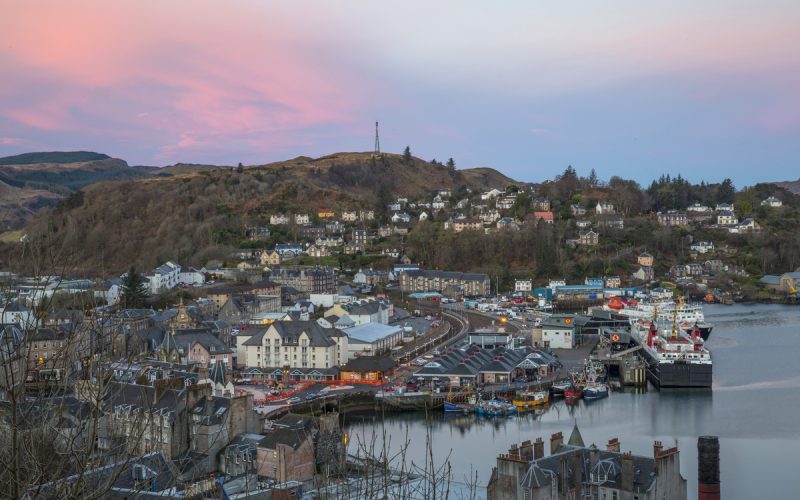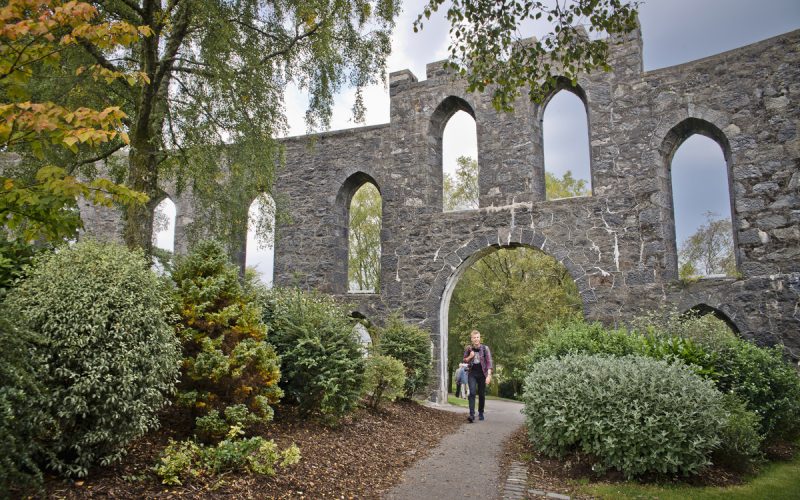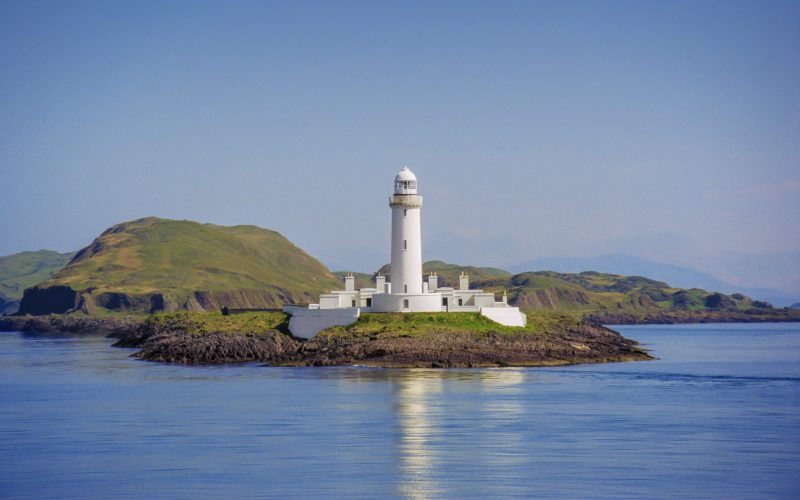Board the morning ferry from Oban to Lismore. Travel along the single track road that runs the length of the island and explore the many sites of interest along the way. Have lunch at the heritage centre and café. We return to Oban on the mid-afternoon ferry.




£450
£475
£500
8 hours
Obtain quote
Take 0900 hrs ferry to Lismore (55 mins).
Lismore is a slender island centrally located in the southern end of Loch Linnhe. There are approximately 180 inhabitants on the island who are served by a car ferry from Oban and a pedestrian ferry from Port Appin. The island has been inhabited for thousands of years where relics of the past tell a comprehensive story of human existence. There are Bronze Age cairns, Pictish strongholds, the story of St Moluag, the Vikings, carved grave slabs, deserted townships, Lime kilns and a majestic Stevenson lighthouse.
Opened in 2013, the museum is the hub of the centre with informative displays about the history of Lismore’s landscape, industry, agriculture and population. It houses an Exhibition Area, a Library, an Archive room, a Gift Shop, a Café, an office, and toilets. It is open from April to October.
Tirefour is an Iron Age Broch. A broch is a less familiar domestic structure with some unique features like the intramural chambers. Mainly found in the western isles, a broch is typically sited on an elevated defensive position and takes the form of a circular tower of dry stone. Archeologically artefacts found at Tirefour suggest it was occupied as early as the Roman Era and as late as the 11th & 12th century by Norse settlers. The views from Tirefour stretch from Ben Nevis, in the north, Ben Cruachan in the east and the Paps of Jura in the south.
Coeffin Castle is a ruin on the west coast and must be one of the most dramatic and atmospheric sites in Argyll. The castle is built on the site of a Viking fortress. The name is thought to come from a Viking prince whose sister haunted the fortress until her remains were taken back to Norway and reburied next to her lover. The castle was built by the MacDougalls of Lorn in 13th century. Lismore was an important site in the lordship as St Moluag’s Cathedral, the seat of the Bishop of Argyll.
St Moluag was a monk from Bangor in Ireland who founded the Christian Community of Lismore in 562. Legend speak of a race for this sought after island between St Moluag and St Columba. The race was so close that Moluag cut off his finger and threw it ashore to stake his claim. A monastery was established close to megalithic cairns which once marked the funeral pyres of Western Pictish Kings. Next to the monastery a modest cathedral was built in the 13 century on the site of the current parish church but didn’t survive more than 200 years. Lismore was the seat of the Bishopric of Argyll from 1198 – 1507 but moved to Saddell in Kintyre for reasons of security and accessibility. Worship at this site has continued for over 1500 years.
The lime rich soil of the island was probably why the Gaelic translation for Lismore is the ‘Big Garden’ as lime is a good fertiliser. Lime was also used in building mortars and mud stabilisers and floors. For centuries lime production was a cottage industry on the island but went into commercial production at the end of the 18th century and continued until the late -1930s. Kilcheran kiln was in production between 1804 – 1840 and used to fund the training of Gaelic speaking catholic priests for the area. The remains of the largest quarry at Sailen is fairly intact with the managers house, workers cottages, kilns, and quay where the coal was brought ashore to fuel the kilns and take the lime to market.
Take 0900 hrs ferry to Lismore (55 mins).
Lismore is a slender island centrally located in the southern end of Loch Linnhe. There are approximately 180 inhabitants on the island who are served by a car ferry from Oban and a pedestrian ferry from Port Appin. The island has been inhabited for thousands of years where relics of the past tell a comprehensive story of human existence. There are Bronze Age cairns, Pictish strongholds, the story of St Moluag, the Vikings, carved grave slabs, deserted townships, Lime kilns and a majestic Stevenson lighthouse.
Opened in 2013, the museum is the hub of the centre with informative displays about the history of Lismore’s landscape, industry, agriculture and population. It houses an Exhibition Area, a Library, an Archive room, a Gift Shop, a Café, an office, and toilets. It is open from April to October.
Tirefour is an Iron Age Broch. A broch is a less familiar domestic structure with some unique features like the intramural chambers. Mainly found in the western isles, a broch is typically sited on an elevated defensive position and takes the form of a circular tower of dry stone. Archeologically artefacts found at Tirefour suggest it was occupied as early as the Roman Era and as late as the 11th & 12th century by Norse settlers. The views from Tirefour stretch from Ben Nevis, in the north, Ben Cruachan in the east and the Paps of Jura in the south.
Coeffin Castle is a ruin on the west coast and must be one of the most dramatic and atmospheric sites in Argyll. The castle is built on the site of a Viking fortress. The name is thought to come from a Viking prince whose sister haunted the fortress until her remains were taken back to Norway and reburied next to her lover. The castle was built by the MacDougalls of Lorn in 13th century. Lismore was an important site in the lordship as St Moluag’s Cathedral, the seat of the Bishop of Argyll.
St Moluag was a monk from Bangor in Ireland who founded the Christian Community of Lismore in 562. Legend speak of a race for this sought after island between St Moluag and St Columba. The race was so close that Moluag cut off his finger and threw it ashore to stake his claim. A monastery was established close to megalithic cairns which once marked the funeral pyres of Western Pictish Kings. Next to the monastery a modest cathedral was built in the 13 century on the site of the current parish church but didn’t survive more than 200 years. Lismore was the seat of the Bishopric of Argyll from 1198 – 1507 but moved to Saddell in Kintyre for reasons of security and accessibility. Worship at this site has continued for over 1500 years.
The lime rich soil of the island was probably why the Gaelic translation for Lismore is the ‘Big Garden’ as lime is a good fertiliser. Lime was also used in building mortars and mud stabilisers and floors. For centuries lime production was a cottage industry on the island but went into commercial production at the end of the 18th century and continued until the late -1930s. Kilcheran kiln was in production between 1804 – 1840 and used to fund the training of Gaelic speaking catholic priests for the area. The remains of the largest quarry at Sailen is fairly intact with the managers house, workers cottages, kilns, and quay where the coal was brought ashore to fuel the kilns and take the lime to market.